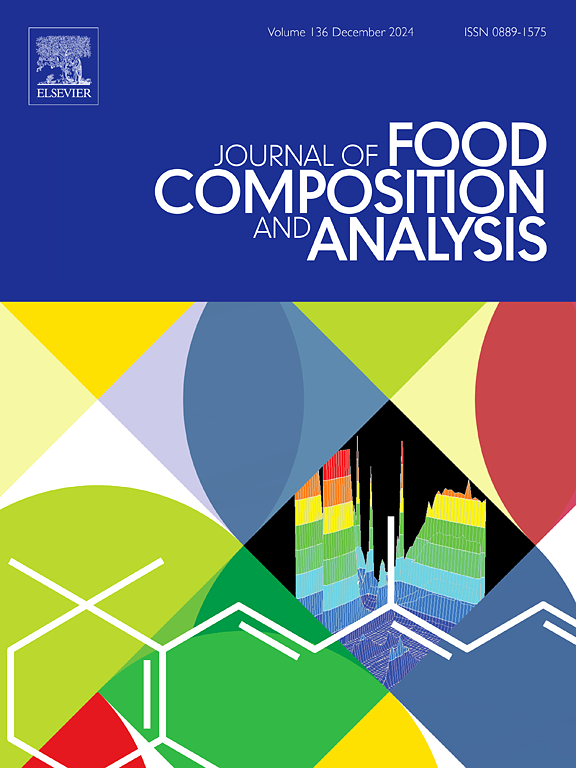Peptide profiling to predict bitterness in fermented milk from different bacterial cultures and relationship with human bitter taste receptor activation
IF 4
2区 农林科学
Q2 CHEMISTRY, APPLIED
引用次数: 0
Abstract
Microbial fermentation is frequently used in the food industry to enhance organoleptic experience. In fermented milk and yogurt, peptides released from milk protein upon fermentation can contribute to a bitter taste in the final dairy product, depending on the lactic acid bacterial cultures used. This work used five lactic acid bacteria (LAB) strains: Lactobacillus helveticus (LH), Leuconostoc mesenteroides (CL3), Leuconostoc pseudomesenteroides (CL3ST), Lactococcus lactis (BL1), Streptococcus thermophilus (ST), to investigate the relationship between peptides produced from fermented milks and their ability to activate human bitter taste receptors (TAS2R) in vitro. Label-free peptidomics was performed and relative abundances of bitter peptides compared, based on predicted in silico sequence analysis (in-house database search and Q-values). Milk fermented by LH had the highest number of bitter peptides and was also more efficacious at activating the bitter receptor in vitro, while milk fermented by ST had the least. This work demonstrates that the potential bitter taste of fermented milk can be estimated from the profile of the peptides generated by the lactic acid bacteria fermentation. This approach may be applied to evaluating bitter taste in development of novel dairy products.
求助全文
约1分钟内获得全文
求助全文
来源期刊

Journal of Food Composition and Analysis
工程技术-食品科技
CiteScore
6.20
自引率
11.60%
发文量
601
审稿时长
53 days
期刊介绍:
The Journal of Food Composition and Analysis publishes manuscripts on scientific aspects of data on the chemical composition of human foods, with particular emphasis on actual data on composition of foods; analytical methods; studies on the manipulation, storage, distribution and use of food composition data; and studies on the statistics, use and distribution of such data and data systems. The Journal''s basis is nutrient composition, with increasing emphasis on bioactive non-nutrient and anti-nutrient components. Papers must provide sufficient description of the food samples, analytical methods, quality control procedures and statistical treatments of the data to permit the end users of the food composition data to evaluate the appropriateness of such data in their projects.
The Journal does not publish papers on: microbiological compounds; sensory quality; aromatics/volatiles in food and wine; essential oils; organoleptic characteristics of food; physical properties; or clinical papers and pharmacology-related papers.
 求助内容:
求助内容: 应助结果提醒方式:
应助结果提醒方式:


